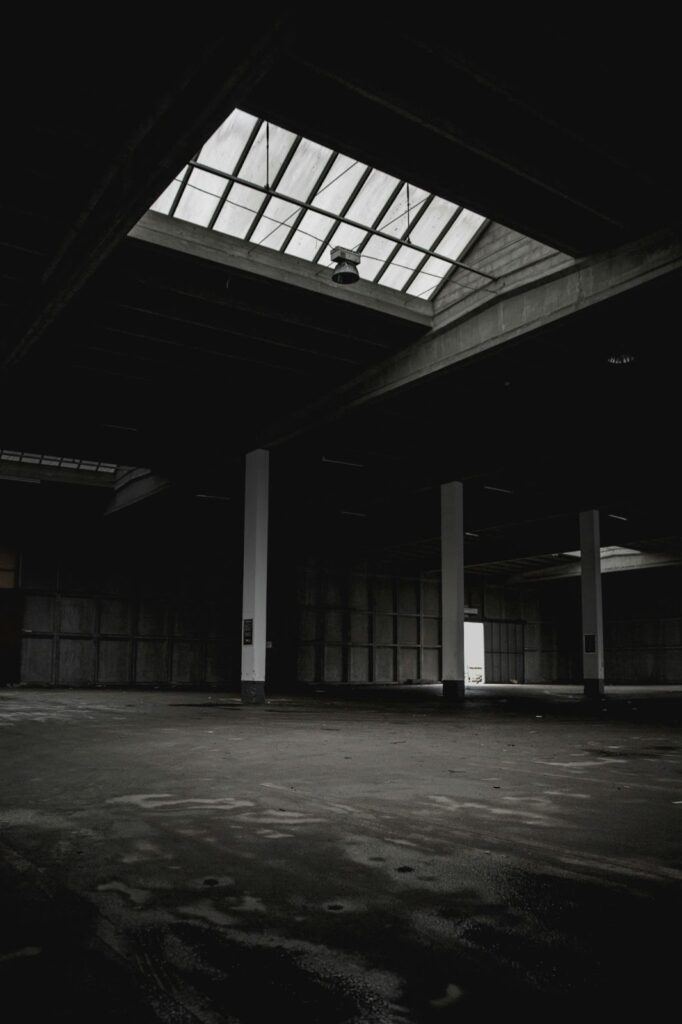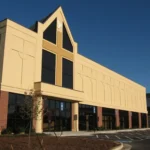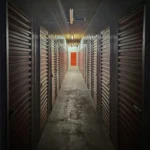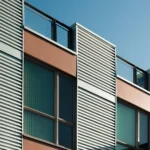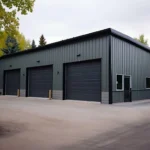Structural Framework: The Backbone of Steel Buildings
The structural framework is the backbone of any steel building. It consists of primary and secondary structural components that provide stability and support. The primary components, such as columns and beams, bear the weight of the building and transfer it to the foundation.
Secondary components, including purlins and girts, connect the primary components and provide additional support for the building’s walls and roof.
Steel buildings have durability and strength, and the structural framework is a key factor in ensuring these qualities. The precise engineering and placement of each component are crucial in creating a stable and secure structure that can withstand various environmental conditions.
The Role of Secondary Components
Secondary components play a significant role in steel buildings. Purlins, for example, run parallel to the roof slope and provide support to the roof panels. Girts, on the other hand, are horizontal members that support the walls and can act as a base for interior finishes.
Other secondary components include eave struts, base angles, and bracing systems, all of which contribute to the overall stability and durability of steel buildings.
Each secondary component works in conjunction with the primary structural elements, ensuring that the entire system functions seamlessly.
From providing lateral support to enhancing the building’s resistance to forces like wind and snow loads, these components are essential in creating a robust steel building.
The Significance of Cladding in Steel Buildings
Cladding is the external covering of a steel building and serves both aesthetic and functional purposes. It protects the structure from external elements and helps maintain a comfortable internal environment.
Common types of cladding include metal panels, insulated panels, and masonry. The choice of cladding material depends on factors such as climate, budget, and desired appearance.
Pro tip:
Proper insulation is vital for maintaining comfortable temperatures within your steel building. Poor insulation can result in costly temperature fluctuations, causing HVAC systems to work harder.Carefully consider your insulation choices for optimal climate control and energy savings.
Aside from its protective role, cladding also contributes to the overall design and visual appeal of a steel building. Architects and designers often incorporate cladding choices into the building’s aesthetic concept, using different colors, textures, and finishes to achieve the desired look.
Additionally, cladding materials can offer energy efficiency benefits, helping to regulate temperature and reduce heating or cooling costs within the building.


